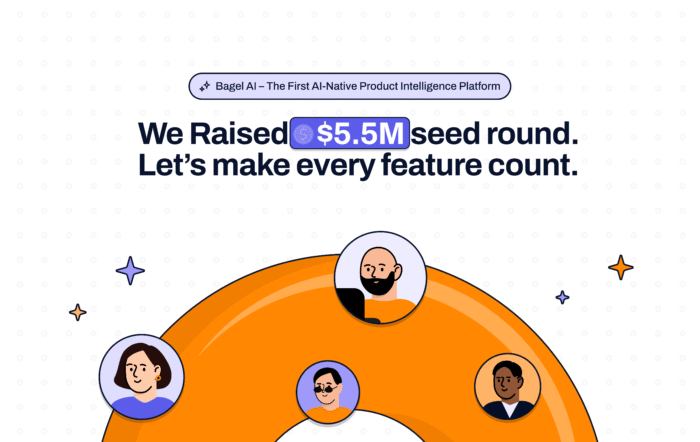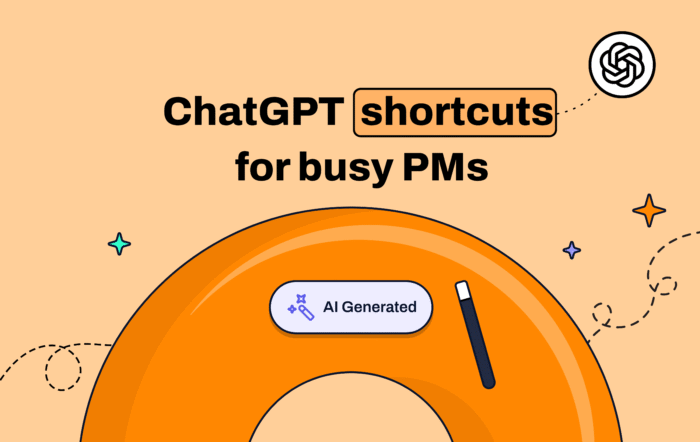Product operations has a funny way of becoming the glue that holds things together… without anyone really noticing. It’s the function that makes launches smoother, decisions faster, and feedback loops tighter. But here’s the hard part: how do you actually know if it’s working?
It’s not always obvious. Product ops can fade into the background, quietly cleaning up processes, connecting dots, and making things flow. Helpful? Absolutely. Easy to measure? Not so much.
So what should you be looking for?
1. Increased alignment
Are teams working off the same page? Literally? A good product ops function creates a shared source of truth. That means roadmaps that reflect company goals, tools that give visibility across functions, and way fewer “Wait, what are we building?” moments.
Real-world moment: One B2B SaaS company we spoke with had a 3-month delay on a critical feature because Sales and Product were working off two different assumptions. Once product ops introduced a unified roadmap with auto-sync to Salesforce and Slack, the confusion dropped and so did the delays.
2. Incremental reuse
If every team is starting from scratch each time they launch a feature or run a beta, something’s off. Product ops should make it easier to build on what’s already been done. Reusable frameworks. Clear processes. Templates that actually get used.
3. Efficiency gains
Can PMs move faster with fewer check-ins? Are GTM teams unblocked without needing a round of calls? These are signs your processes are actually supporting speed, not slowing it down.
Real-world moment:
At a fintech company using Bagel, their PMs used to spend 6+ hours a week manually tagging customer feedback. With Bagel’s automated ingestion across Gong, Zendesk, and Jira, the same insights now surface in minutes and product planning starts with signal, not spreadsheets.
4. One roadmap
This is a big one. A single, unified roadmap that’s tied to real business outcomes and visible to everyone is one of the clearest signals that product ops is doing its job. No more scattered Notion docs or secret spreadsheets.
5. Balance
Are product managers spending all their time reacting, or do they have space to think strategically? Product ops can shift that balance by reducing the overhead and letting product managers focus on what really matters.
But what about the stuff you can’t put in a dashboard?
Sometimes success shows up in the little moments:
“I didn’t have to ask for that, it was already there.”
“This used to take two weeks. We just did it in three days.”
“For once, sales and product are speaking the same language.”
If you hear things like that, take note. That’s product ops at work.
The “Working Product Ops” Checklist
Ask yourself:
- Are feature priorities tied to revenue or just vibes?
- Do GTM teams know when features ship (without a meeting)?
- Is feedback from Zendesk, Gong, or Jira actually visible in your roadmap?
- Can anyone see what product is building and why?
- Are you spending less time clarifying, more time building?
Quantitative metrics still matter
Here are a few worth tracking:
- Time to market for new features
- Turnaround time on feedback loops
- Adoption rate of playbooks or tools
- Stakeholder satisfaction (yes, you can just ask them)
- Number of roadmap items tied to customer insights or revenue
When product ops works, it shows!
Track alignment, impact, and outcomes from one place. Bagel AI connects the dots for you.
Common Metrics and What They Tell You
| Metric | What It Tells You | Why It Matters |
| Time to Market | How quickly features go from idea to release | Affects competitiveness and revenue opportunity |
| Stakeholder Satisfaction | How teams feel about collaboration and workflows | Helps identify value and areas to improve |
| Process Adoption | Whether teams are actually using shared tools/processes | Shows effectiveness and practicality |
| Launch Efficiency | Smoothness and predictability of rollouts | Reduces risk and improves team confidence |
| Customer Satisfaction | How end users feel about recent product changes | Tied directly to loyalty and retention |
| Feedback Loop Volume/Speed | Number of insights addressed and how fast | Indicates throughput and responsiveness |
Here are a few worth tracking:
- Time to market for new features
- Turnaround time on feedback loops
- Adoption rate of playbooks or tools
- Stakeholder satisfaction (yes, you can just ask them)
- Number of roadmap items tied to customer insights or revenue
How Bagel AI Makes This Measurable
With Bagel AI:
- You can see which roadmap items have clear revenue impact
- Feedback loops are tracked and visualized
- Process adoption is tied to outcomes (not just checklists)
- Teams get shared visibility across Salesforce, Jira, Gong, and Zendesk
No more guessing. Product ops finally gets a scorecard.
The Big shift
When product ops is working, teams stop focusing on output and start delivering outcomes. It’s the difference between shipping features… and shipping the right features. The ones tied to actual customer needs, with real business impact.
And that shift? It changes everything.
Want to see what that looks like in real time? That’s exactly what we built Bagel AI to do. It shows you the signals that matter, and helps you make every product decision count.



